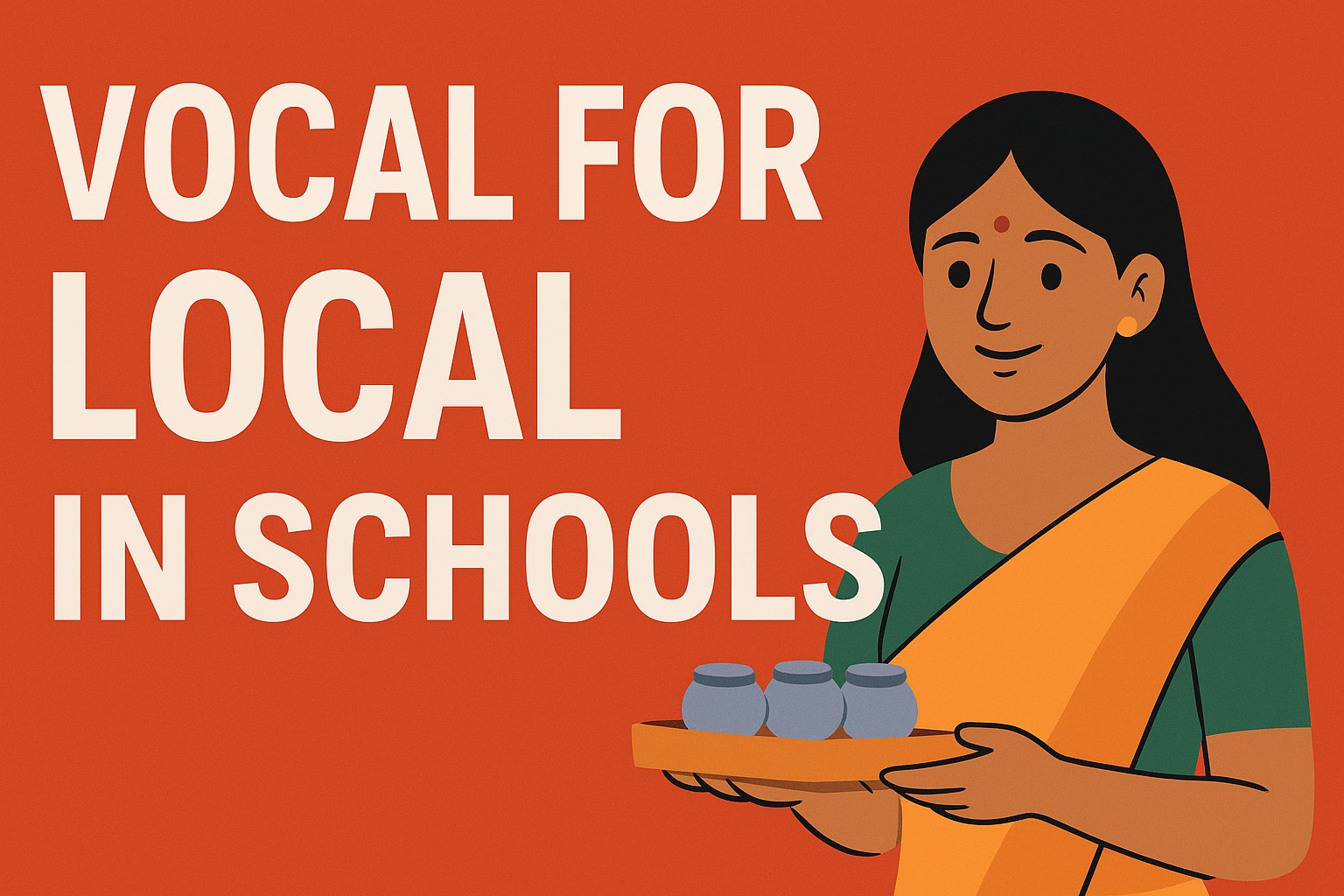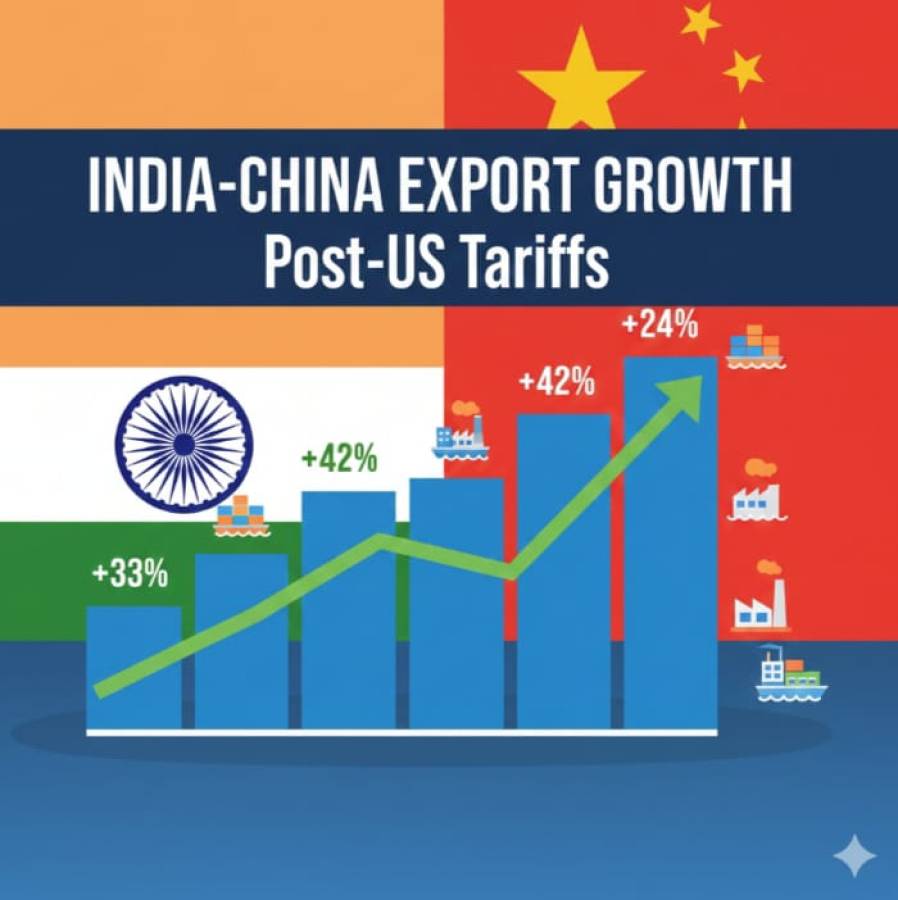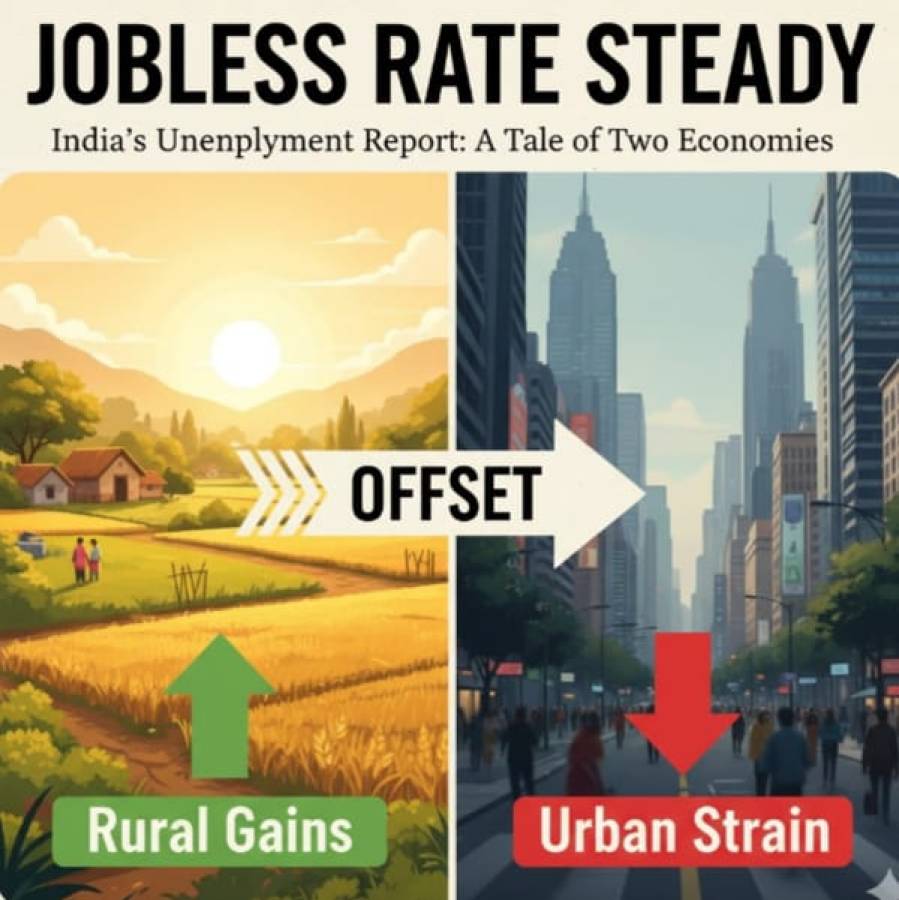
Prime Minister Narendra Modi’s call for “Vocal for Local” will soon become a part of classroom lessons across India. The National Council for Education Research and Training (NCERT) has introduced new modules for Classes 6 to 12, linking the idea of self-reliance with the broader vision of Atmanirbhar Bharat.
The modules aim to instill awareness about indigenous goods, traditional skills, and India’s economic journey. By bringing the Swadeshi spirit into education, the initiative hopes to encourage the next generation to value local products and reduce dependence on imports.
Introducing Local Pride to Students
The plan is to teach students the importance of supporting Indian-made goods through practical activities, stories, and classroom projects. For Classes 6 to 8, the modules focus on the meaning of Swadeshi—using what is produced locally and recognizing the worth of domestic resources. Examples include making posters on handloom products, writing about traditional crafts, and understanding the idea of self-reliance in everyday life.
For Classes 9 to 12, the lessons go deeper. Students will study India’s journey from the freedom struggle to modern achievements, linking the Swadeshi movement of the past with initiatives like Make in India, Digital India, and the One District One Product scheme. Excerpts from Modi’s Independence Day speeches have been included to underline the significance of self-reliance in contemporary times.
Five Pillars of Atmanirbhar Bharat
The modules highlight the five pillars of Atmanirbhar Bharat: infrastructure, systems, vibrant demography, demand, and economy. Each pillar is explained through examples that connect with the students’ surroundings. For instance, the demand pillar is explained by showing how choosing local goods boosts domestic industries, while the infrastructure pillar is linked to projects like metro networks, highways, and modern schools.
By presenting these concepts in a simple way, the curriculum aims to bridge economic theories with real-life practices.
Linking the Past with the Present
The secondary-stage lessons also explore how India has moved forward in critical sectors. Students will read about the success of indigenous vaccines like Covaxin, India’s progress in space through missions like Chandrayaan-3, and the contributions of Indian scientists and entrepreneurs. These examples are designed to inspire confidence in India’s ability to innovate and lead globally.
At the same time, the modules revisit the Swadeshi movement of the early 20th century, when Indians boycotted foreign goods and promoted khadi, handloom, and local products as acts of resistance against colonial rule. The curriculum draws a direct connection between that historic struggle and the present-day effort to strengthen India’s economic independence.
Push for Local Matters
The inclusion of “Vocal for Local” in classrooms comes at a time when global trade wars, supply chain disruptions, and climate concerns are reshaping economies worldwide. For India, the message is clear: relying too heavily on imports leaves the country vulnerable, while encouraging indigenous production builds resilience.
NCERT officials believe that teaching these ideas early will not only nurture informed consumers but also responsible citizens who value India’s cultural and economic strengths. By encouraging students to appreciate products made in their own districts—be it textiles, handicrafts, or technology—the modules seek to balance global engagement with local responsibility.
A Larger Vision
The government’s larger vision is to ensure that self-reliance becomes a habit, not just a policy. This is why the curriculum does not limit the idea to economics alone. Students are asked to think about how local choices affect culture, community life, and even the environment. Using handloom fabrics, for instance, supports weavers and reduces the carbon footprint associated with mass-produced imports.
Building a Generation of Local Champions
For many educators, the move marks a shift in how national priorities are reflected in classrooms. Rather than treating “Vocal for Local” as a campaign slogan, it is being framed as a practical way of life. Teachers will be provided with supplementary resources, activities, and case studies to make the concept relatable.
As India celebrates milestones in healthcare, defence, and space exploration, the curriculum places these achievements within the larger story of self-reliance. The hope is that students will carry this sense of pride and responsibility into their futures, supporting Indian products whether they become consumers, professionals, or entrepreneurs.
Final Take
By weaving “Vocal for Local” into school education, India is planting the seeds of a more self-reliant future. The idea that once fueled the freedom struggle is now being reimagined for a globalized world. For today’s students, learning about Swadeshi is about shaping the India of tomorrow.





















